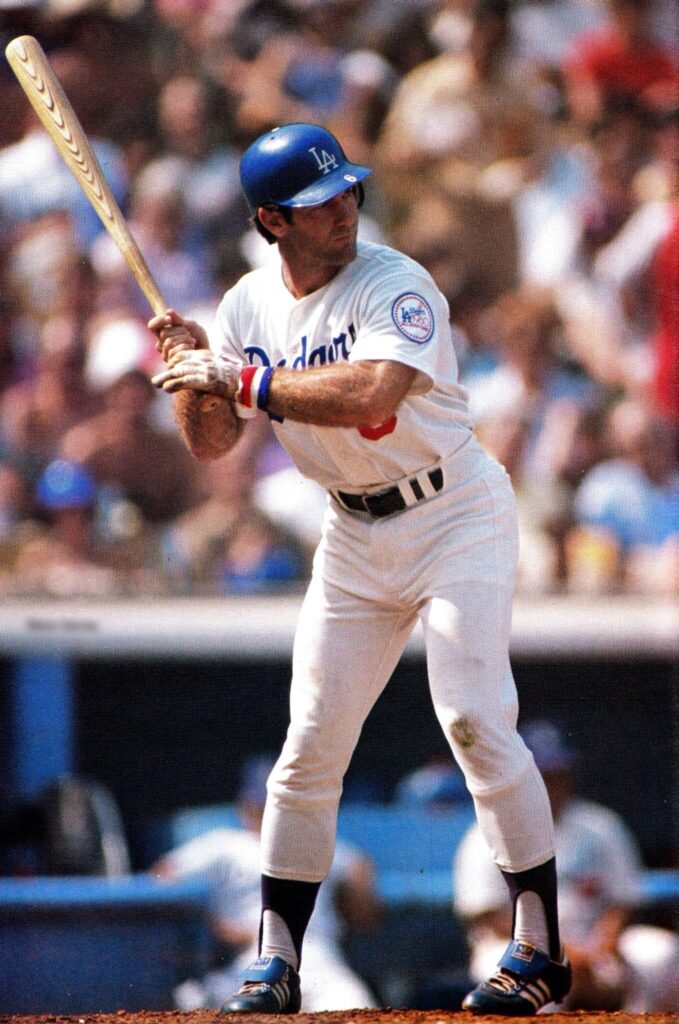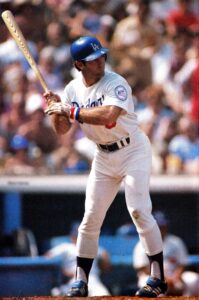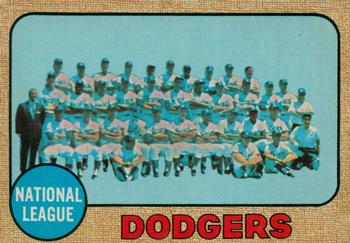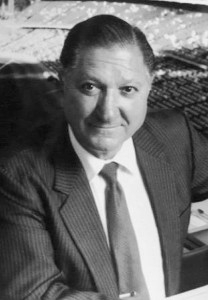

It’s rare for a single draft to clearly determine the long-term fortunes of a franchise. When that does happen, it’s generally because of a single great draft pick. What would the Royals have been without George Brett? The Mariners without Ken Griffey Jr. For gosh sakes, the Pirates without Barry Bonds.
In 2009, the Cardinals drafted Shelby Miller, Joe Kelly, Matt Carpenter, Trevor Rosenthal, and Matt Adams, all of whom would play, beginning three years later, significant roles in the fortunes of the franchise. That draft was so great, I put together an entire oral history about it.
But with all due respect to Matt Carpenter and his fellow ’09 draftees, they will not match the achievements of the players drafted by the Los Angeles Dodgers in 1968. They won’t nearly match those achievements. Because what the Dodgers’ front office accomplished in 1968 would essentially determine the club’s fortunes throughout the 1970s and the early 1980s, including four National League pennants and one World Championship.
Long famed for their player development—thanks largely to Branch Rickey’s ministrations back in the 1940s—the Dodgers had not fared well in the first few amateur drafts. But that wasn’t yet obvious in 1968, as the first draft had come just three years earlier; there was still a chance that a goodly number of players drafted from 1965 through ’67 would become Dodgers stars. With one exception (Bill Russell, more on him later), that just didn’t happen.
In 1968, though? In Baseball America’s Ultimate Draft Book, the chapter on 1968 is headlined, “Dodgers’ Class Stands as Best in Draft Annals.”
Before going any further, it’s important to mention that “the draft” was far more complicated in 1968 (and for some years after) than it is today. In those days, there were essentially four drafts: a regular and secondary phase in January, and a regular and secondary phase in June, with players’ eligibility for the different drafts hinging on their respective ages, amateur experience, etc.
Even then (as now), most of the important action took place in June. But not all. And in the secondary phase of the ’68 January draft, the Dodgers got a tremendous haul when selecting (then) outfielder Davey Lopes with their second pick, and University of Michigan lefty Geoff Zahn with their fifth pick.
Zahn ultimately wouldn’t do a great deal for the Dodgers, except in 1975, when they packaged him in a deal with the Cubs that netted Burt Hooton. Hooton ultimately won 112 games for the team, not to mention four huge postseason wins in October 1981, when the Dodgers won their first World Series title since 1965. Without Zahn the Dodgers might not get Hooton, and without Hooton they might not win the Series in ’81, or reach the Series in ’78.
Of course that’s merely speculation. What’s not speculative is that Davey Lopes, converted from the outfield to second base, would star for the Dodgers for nine seasons, during which the team won four National League pennants.
But Lopes was just one-fourth of the Dodgers’ vaunted infield for all those years, despite actually spending less time in the job than any of his infield mates—two of whom were also drafted in 1968.
That would come in the “secondary phase” of the June draft. With their first pick, the Dodgers grabbed (then) third baseman Steve Garvey from Michigan State; with their third, another third baseman: Washington State’s Ron Cey. Two years earlier, the Dodgers had drafted (then) outfielder Bill Russell (in the ninth round of the regular June draft).

The Dodgers wound up converting outfielder Russell to shortstop, outfielder Lopes to second base, and third baseman Garvey—after an injury made third base impracticable—to first base, with only Cey remaining at his drafted position. And when Garvey took over at first base for good, in July 1973, the Dodgers’ regular infield was set—and would remain set for another eight full seasons, easily the all-time record for infield consistency.
Drafting Garvey, Lopes, and Cey would have been, all by itself, enough to make the Dodgers’ ’68 draft class one of the greatest ever. But they also drafted Zahn, and they also drafted (and signed) Bill Buckner, Bobby Valentine, Tom Paciorek, Joe Ferguson, and Doyle Alexander. Some of those five would make significant contributions for the Dodgers and some would not, but all were Major League mainstays for some years.
“The Tigers’ June 1976 draft could be considered the best ever,” Alan Schwarz once wrote. “Detroit signed seven future major leaguers, including Alan Trammell (second round), Dan Petry (fourth) and Jack Morris (fifth). The club’s seventh-round pick, who didn’t sign, was a Cal Poly San Luis Obispo shortstop named Ozzie Smith.”
If the Tigers had actually signed Ozzie Smith, maybe this article would be about the ’76 draft. That would have given Detroit two Hall of Fame–quality shortstops (except that Trammell would almost certainly have wound up at a different position). But the Tigers did not sign Ozzie Smith.
In 1976, the Tigers drafted (and signed) players who would eventually combine for 136 Wins Above Replacement (WAR) in the Major Leagues. That’s an impressive total (and due largely to just two players, Trammell and Morris).
But in 1968, the Dodgers drafted 234 Wins Above Replacement, which nearly a half-century later remains the biggest number ever.
How might we explain the Dodgers’ tremendous success in the ’68 drafts? Later, scouting director Al Campanis would credit the advice of San Diego Chargers executive Al LoCasale, who ran the Chargers’ draft: “He took a neophyte,” Campanis recalled, “and taught me how to approach a draft and I think this helped us.”
It helps to be a little lucky, too. For all their success in 1968, the Dodgers hardly followed up with similar talents in the following years. From 1969 through ’71, they would sign only three drafted players of note: Lee Lacy, Doug Rau, and Rick Rhoden, none of whom actually starred for the Dodgers (or anyone else, really).
Maybe it helps to be a lot lucky.

